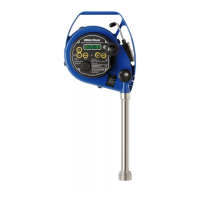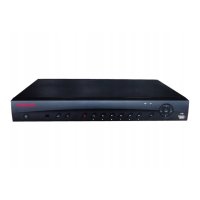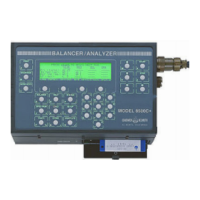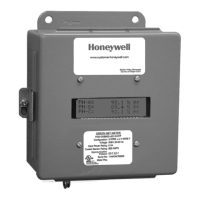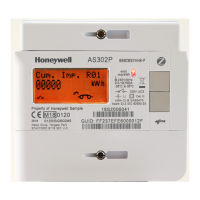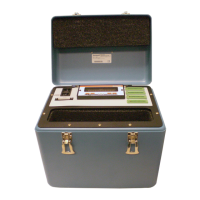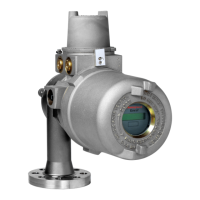11
5. Recommendation for safe use
1. This Operation and Service Manual is a guide in order
to help the user to operate the instrument to our best
knowledge.
2. Nevertheless the maker disclaims all responsibility and
liability for damage resulting from the use of the equipment
regardless of the cause of the damage.
3.
Attention is drawn to the possible hazard due to
electrostatic charges which may be present in the
tank. This may happen in particular with static
accumulator liquids, i.e. liquids which have low
conductivity of 50 picoSiemens/metre (pS/m) or less.
4.
It is very important that the instrument is grounded to
the tank before the probe is introduced into the tank
and remains grounded until after complete withdrawal
from the tank.
4.1. If the instrument is installed with the quick connect
coupler, grounding is effected through the quick
connect coupler and the mating nipple of the valve
provided that these parts are kept clean and free
from corrosion in order to guarantee electrical
conductivity. If a grease is used for this purpose, it
must be one which contains graphite.
4.2. If the instrument is not connected to the mating
deck valve, the instrument has to be also earthed
by means of the grounding cable and clamp.
5.
It is anticipated that the user will have specic
operating methods laid down to ensure safety when
using this type of apparatus. In this case the user’s
instructions shall be strictly observed.
6.
In the absence of such instructions the following should
be noted:
6.1. If a metal sounding pipe is tted beneath the
deck valve or tank is inerted, then ullaging, etc. is
permissible at any time with no restriction.
6.2. If there is no sounding tube or tank is not inerted, the
following precautions shall be taken:
6.2.1. If the cargo is not a static accumulator liquid,
i.e. its conductivity is more than 50 pS/m,
then ullaging is permitted provided that the
instrument is properly grounded and earthed
before the probe is inserted into the tank and
remains earthed until the probe has been
removed from the tank.
6.2.2. If the cargo is a static accumulator liquid, i.e. its
conductivity is less than 50 pS/m, then ullaging
is permitted provided that:
6.2.2.1. The instrument is properly grounded and
earthed before the probe is inserted into
the tank and remains earthed until the
probe has been removed from the tank.
6.2.2.2. The apparatus is not introduced into a tank
until at least 30 minutes have elapsed after
completion of any loading operation or
stopping the injection of inert gas.
6.3. For further guidance refer to International Safety
Guide for Oil Tankers and Terminals (ISGOTT), ISBN
1 85609 291 7, Fifth Edition 2006, or consult the
appropriate Legislative Authority for the installation.
7. Warning: change of battery must be carried out in
safe area only (non ammable atmosphere).

